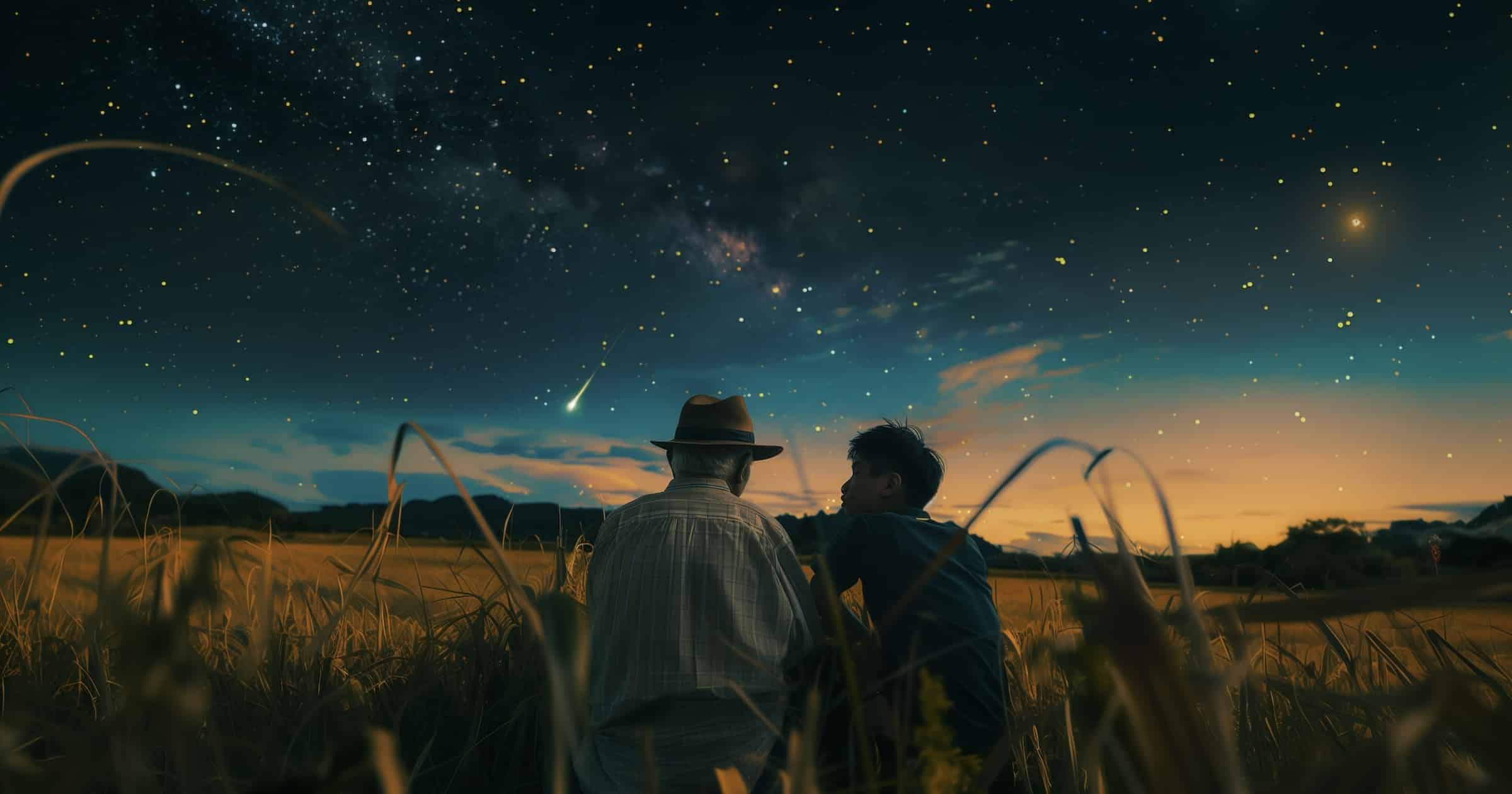 Faith & Science
Faith & Science
 Intelligent Design
Intelligent Design
 Physical Sciences
Physical Sciences
Novel for Young Adults Highlights the Problem of Pain

Last month I received a copy of the new young adult novel, The Farm at the Center of the Universe (Discovery Institute Press), by Guillermo Gonzalez and Jonathan Witt. I was skeptical that it would be possible to address the important scientific ideas in the design debate in a fictional work accessible to young people. How could 13-year-old Isaac and his Grandpa and his older cousin Charlie possibly discuss the scientific issues involved in a meaningful way without getting into some very unnatural-sounding dialogue?
Since I have the greatest respect for Guillermo and Jonathan, I decided to give the novel a look. Well, I won’t say that all the discussions between the characters on Grandpa’s farm were completely natural: some were of course a bit more technical than you would really expect in such a setting. But the authors did an excellent job of working the most important issues into the plot without sounding too unnatural. Grandpa (or Abuelo, in Spanish) is a retired chemist (who seems to know a lot of astronomy too!), so his scientific knowledge is believable and cousin Charlie is a science teacher who echoes many of the scientific establishment’s talking points.
No Oversimplification Here
But there is definitely no oversimplification or dumbing down of the scientific issues in this book. Guillermo manages to get in some of the ideas he explored in The Privileged Planet, for example, his point that the Earth is not only ideally designed for life but also for scientific discovery. The authors also manage to insert, in a surprisingly accessible way, the sudden appearance of major new features in the fossil record, the second law of thermodynamics, and the waiting time problem, among other issues. Grandpa compares a living cell to a factory, but adds that “it’s not quite a good comparison…a cell is more like, how can I put this? A factory that builds factories that build factories.” Isaac thinks, “Of course man-made factories can’t even maintain themselves, much less make working copies of themselves.”
The Problem of Pain
For most people, the main issue in the debate pitting design versus Darwinism is not scientific, but the problem of pain. If this were only a scientific debate, it would have been decided long ago in favor of design. But it is very difficult to separate the philosophical issues from the science, and Gonzalez and Witt face the problem of pain head on. That is the main difficulty Isaac has with design, as he has recently lost his father to cancer. Most of the arguments put forward by Charlie are also along the lines of “Why would God do things this way?”
For example, Charlie asks why God would create a world with earthquakes and volcanos. Grandpa explains that to get rid of these dangers you would have to eliminate Earth’s active geology — and “have a nice cool, well-behaved planetary interior without all that shifting.” He points out one of several problems that would create. Citing a geologist friend, Grandpa says, “We have to consider trade-offs.” In his opinion, the Earth does a remarkable job of balancing trade-offs. And he says he’s not alone. “Astrobiologists study planets around other stars and what’s needed for a planet to support life. They are amazed at how fine-tuned Earth is for life.”
Gonzalez and Witt have created a valuable resource for our young people, who usually hear only one side of this important debate. I will certainly share this book with my oldest grandson in a few years, or maybe sooner. His name is also Isaac — and my name (to him) is also Grandpa! Many thanks to Guillermo for taking the initiative in writing such a book. It is selling well and I hope and expect it to continue to be popular.
